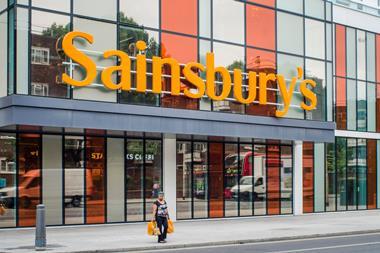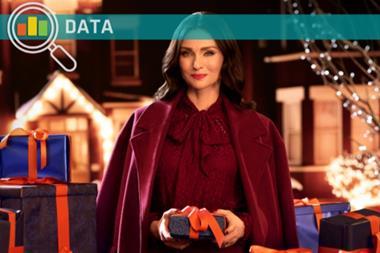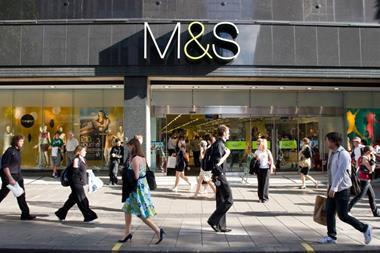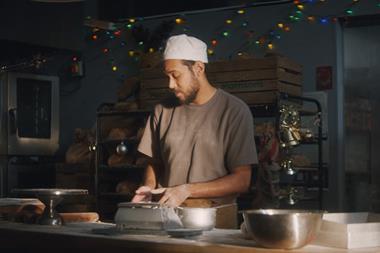It’s been a turbulent 21 years for Sainsbury’s. The grocer has had its crown as the UK’s largest retailer stolen, it has survived boardroom bust-ups, it has been the subject of endless bid speculation – and yet it has risen each time from the ashes.
The Sainsbury’s of 1989 was very different from today’s. One stark contrast was that a member of the founding Sainsbury family was still at the helm. John Sainsbury was chairman until 1992, when his cousin David Sainsbury took over. And when David, now the Labour peer Lord Sainsbury, stepped down in 1998, it ended 129 years of family rule.
In the 1990s Sainsbury’s spread itself thinly. Alongside its grocery business, it operated Homebase, a joint venture formed with Belgian DIY retailer GB-Inno-BM in 1979. By 1989 Homebase was the UK’s fourth largest DIY retailer in terms of sales and in 1995 it tripled in size with the acquisition of Texas Homecare from Ladbroke Group. The chain was sold in 2000 and is today owned by Home Retail Group.
Sainsbury’s also had a thriving US operation. It had control of Shaw’s, a New England supermarket chain, and a stake in Giant, the US’s 15th largest food retailer. US expansion was thought to be the priority of David Sainsbury and the US operations did flourish, but many said it was to the detriment of the UK food operation.
It is fair to say that Sainsbury’s struggled with its UK formats during the 1990s. In 1989, the grocer bought bhs“>Bhs’s 50 per cent share in the partnership they had formed together in 1975, Savacentre. Bhs continued to supply Savacentre with textiles and other non-food lines until Sainsbury’s launched its own brand of clothing in 1991. These stores, essentially hypermarkets, were phased out and several sublet to rival retailers as the grocer tried to release value from its property portfolio.
Sainsbury’s also launched smaller formats Central and Local, many say in response to Tesco’s aggressive expansion, and in 1996 the retailer reported its first fall in profits for 22 years. At that point Tesco overtook it and became the UK’s largest grocer. David Sainsbury split the management between UK supermarkets, headed by Dino Adriano, and Homebase and the US, led by David Bremner.
1996 was also the year that Sainsbury’s launched its first loyalty card scheme, which in 2002 was replaced by the groundbreaking Nectar card.
2000 saw Peter Davis take over as chief executive, the same year in which celebrity chef Jamie Oliver became the face of Sainsbury’s. Davis was well received by the City and in his first two years he raised profits above target.
But by 2004 the group suffered a decline in performance compared with its competitors and was pushed into third place by Wal-mart’s Asda.
After selling off its US operation in 2004, Sainsbury’s – whose growth plans had long lagged behind Tesco – expanded its convenience store market by acquiring northern businesses Bells Stores and Jacksons Stores, as well as JB Beaumont in the East Midlands.
Davis also presided over a £3bn investment plan to modernise the Sainsbury’s supply chain and stores, which, when Justin King, former head of food at Marks & Spencer, took over as chief executive in 2004, was deemed a total disaster resulting in empty shelves in Sainsbury’s stores.
Shortly after King arrived, Davis, now chairman, was ousted after an outcry over his £2.5m bonus. Former Lloyds TSB and BT finance director Philip Hampton took over as chairman.
King was forced to declare a hefty £550m exceptional charge, mainly to cover substantial write-offs on IT, supply chain and old stock from Davis’s plan. He then laid out his Making Sainsbury’s Great Again turnaround plan, which included £400m in cost savings to enable the grocer to lower prices and improve products.
When King took over, Sainsbury’s had lost market share for 14 years in a row. He also had to work through two private equity approaches – the first from CVC, KKR, Texas Pacific and Blackstone, the second a £10.6bn bid from the Qatari Investment Authority.
Despite the unease this has caused within the business, the urbane King has managed to keep up staff morale and Sainsbury’s is back on track. This January, the grocer reported a 4.5 per cent rise in like-for-like sales over Christmas in what it claims was its best ever performance over the festive period. As King says, Sainsbury’s now has “universal appeal”.


























No comments yet